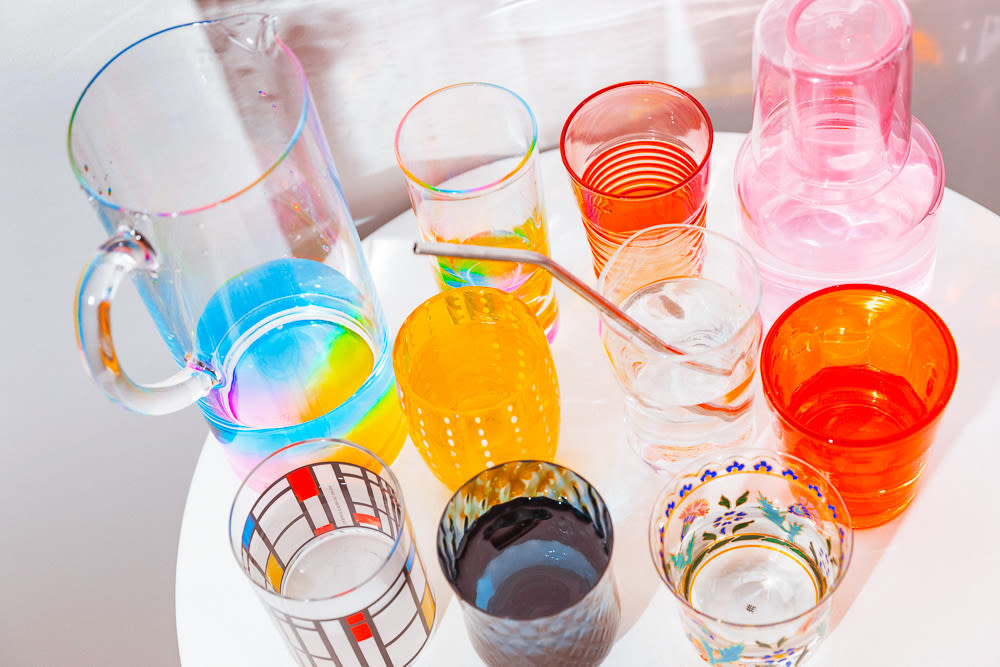There comes a time when you’re living in New York that you swear you’re going to move. Maybe you waited a little too long on a muggy subway after someone yelled at you on the street. Or maybe, after lugging your groceries to the top of your fifth floor walk-up, you realized you forgot to buy the one ingredient you actually needed to buy. You can usually shake the feeling, but if you’re Rebekah Peppler, you pack your bags and begin to split your time between New York and Paris—until eventually choosing the expat life. “I had this sort of big, inescapable feeling that a change was coming into my life and it wouldn’t happen if I stayed where I was,” the writer remembers. “I was working as a freelance food stylist at the time but I really wanted to be writing more. I was single. I was mobile. It felt like a good time to make a big leap of faith.” In the years since, Peppler’s made Paris her home—all while writing three cookbooks. Her latest, Le Sud: Recipes from Provence-Alpes-Côte d’Azur, focuses on the south of France, a natural extension of her many trips to the region. Inside, you’ll find everything from a strawberry gâteau to the pasta she craves “every time I’m near the sea.” One of our favorites though is a five-ingredient recipe for The Marseillan. It’s a pastis-based drink that’s both easy and refreshing, the way summer should be. As Peppler says…
“[The liqueur] pastis has a long history in the south of France. Its name comes from the Provençal pastisson, or ‘mixture’—and not to go too too deeply into the backstory of the drink, but very quickly… When absinthe production was banned in 1915, cafés started offering other anise-based liqueurs as a replacement. In 1932, Paul Ricard started marketing his Marseille-produced version as pastis. Today, walk by any café or bar in Marseille at pretty much any time of day in the summertime, and someone is drinking pastis. It’s very much woven into life and pastis lends itself to long, slow, hot afternoons. Personally, every time I go to Marseille, I don’t feel that I’ve truly arrived until I’m sitting under a spot of shade, sipping from a tall, cloudy, lightly perspiring glass.
The way you’ll often see pastis served in Marseille and across France is a pour of the liqueur in a tall glass and set on the table alongside a pitcher (often, and preferably, ceramic) full of chilled water. Drinkers can then add as much or as little water as they prefer; 1:5 pastis to water is fairly standard. Sometimes a bucket of ice is served on the side as well and there are very strong opinions on whether ice should be added or not.
I love drinking pastis this way—it’s easy and refreshing and transportive. But I’ve also found that, both in and outside my circle of drinking friends, due to its stronger, anise-forward profile, pastis is either very loved or very avoided. The Marseillan is my way of making a pastis-laced drink that appeals to a wide variety of drinkers—not just those who are already into pastis. The use of the mint-lime syrup nods to and was inspired by a variation of the traditional drink called Le Perroquet, in which a splash of bright green crème de menthe is added to the drink.
You can enjoy it however you like, but I highly recommend The Marseillan on a particularly hot afternoon. Seek out a spot of shade, invite a friend, make a round of drinks, maybe play a card game and lean into the kind of long, winding conversation that this sort of afternoon is especially good at eliciting.”
The Marseillan
Serves 1
1½ ounces gin
¾ ounce fresh lime juice
¾ ounce Mint-Lime Syrup (recipe follows)
½ ounce pastis
2 ounces chilled still mineral water
In a cocktail shaker, add the gin, lime juice, mint-lime syrup, and pastis. Strain into an ice-filled lowball glass and top with the chilled water.
Note on pastis: While Pernod (notes of star anise and fennel) and Ricard (licorice-forward) remain the best-known bottles on the market, I prefer to seek out herbal, nuanced, less-assertive Henri Bardouin, made an hour’s drive north of Marseille in Forcalquier, or Argalà, which is made in the Italian village of Roccavione. If you’re looking for a bottle to take home from a holiday in le sud, look for Pastis Millésimé Château des Creissauds or Pastis de la Plaine.
Mint-Lime Syrup
Makes 1¼ cups
1 large bunch fresh mint
2 limes, zested
1¼ cups [250 g] granulated sugar
1 teaspoon flaky salt
Combine the fresh mint, lime zest, sugar, and salt in a small pot and muddle everything together. Cover and set aside at room temperature for at least 1 hour and up to 24 hours.
Add 1 cup of water to the pot and set over medium heat. Bring to a simmer, stirring to dissolve the sugar, then remove from the heat. Juice the zested limes and stir in the juice. Set aside to cool completely, then strain through a fine-mesh sieve, discarding the solids, and store, covered, in the refrigerator for up to 1 month.
Excerpted from Le Sud: Recipes from Provence-Alpes-Côte d’Azur by Rebekah Peppler, © 2024. Published by Chronicle Books. Courtesy of Rebekah Peppler.

